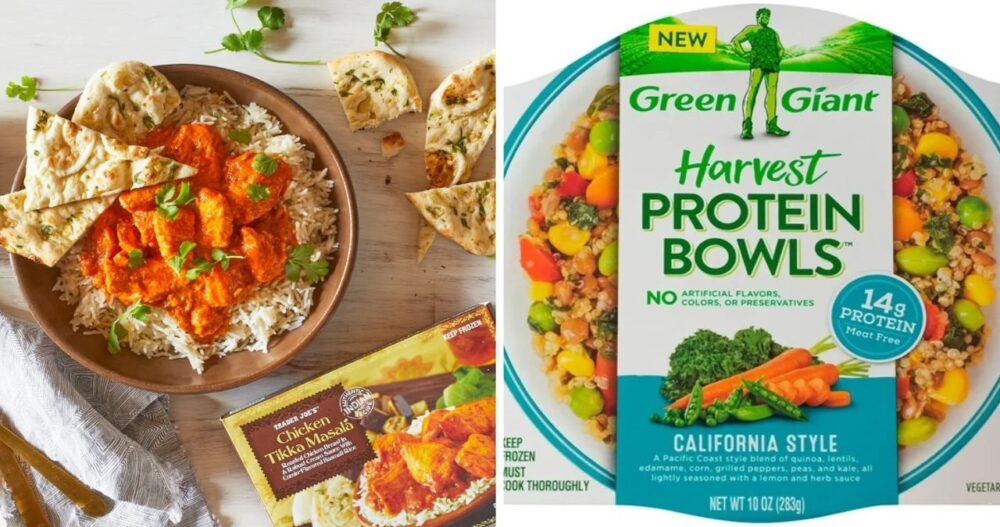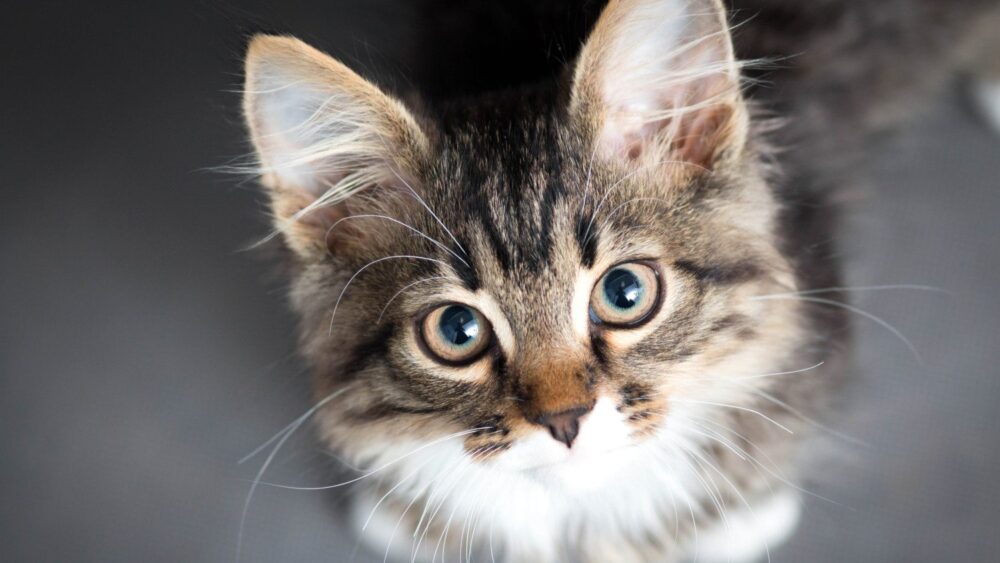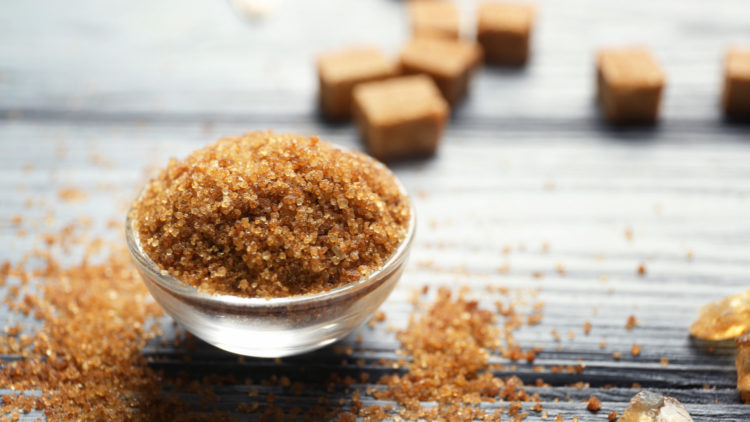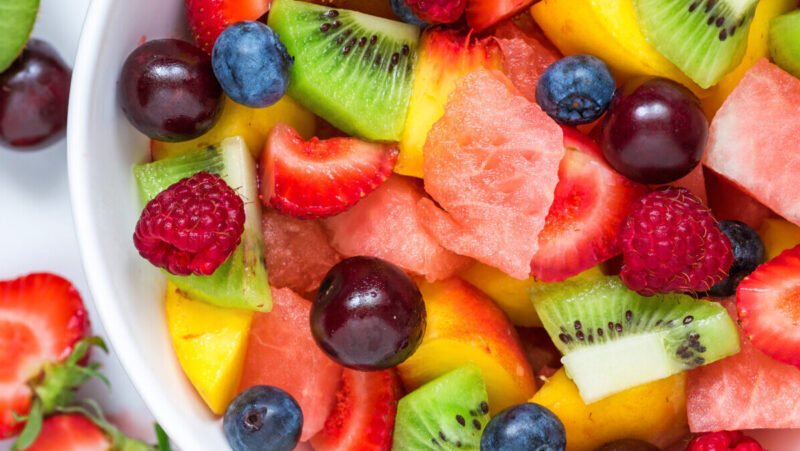7 Surprising Foods That Are Sabotaging Your Diet
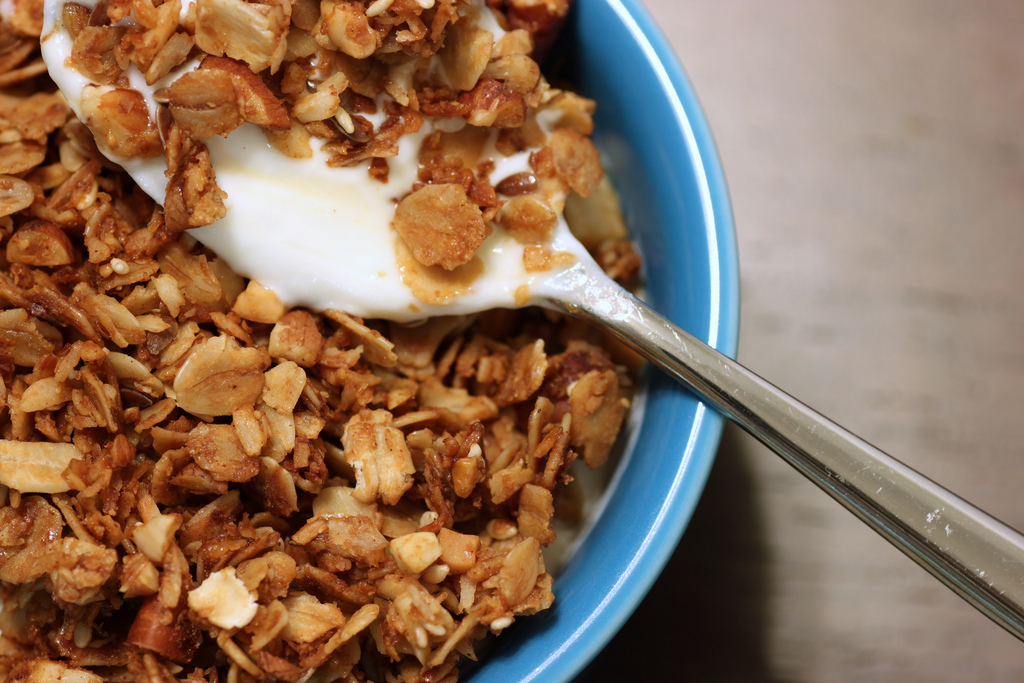
Healthy eating seems like it would be straightforward: stick to low-calorie foods, options low in sugar, and meals filled with superfoods and natural ingredients. Unfortunately, some of these foods can actually be filled with unhealthy hidden ingredients, and eating them can sabotage your efforts to get lean and fit. The healthiest option isn’t always the one labeled “organic” or “diet,” and knowing what suspicious foods to look out for can help you attain the body and health you desire.
If you suspect that your diet may be filled with surprisingly unhealthy components, consider these seven unsuspecting foods that may be sabotaging your healthy eating.
1. Sugar-Free Foods
If there’s no sugar in it, it must be healthier right? Think again. “Sugar-free” often means that refined sugar is replaced with a much unhealthier sugar substitute such as aspartame or sucralose. These foods can alter your insulin responses and blood sugar levels, leaving you craving more food after you’ve eaten, and more seriously, they can increase your risk of heart attack and stroke.
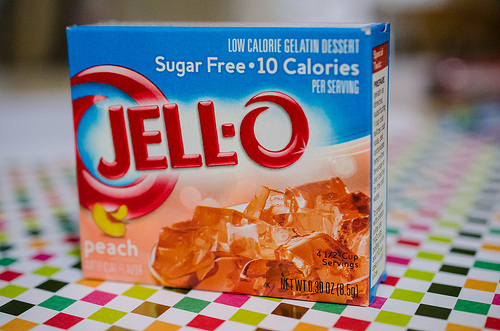

2. Fruit Juice
Juice has been all the rage recently, and although it may seem like a total health food — I mean, it is made with fresh produce, after all— juice may actually be one of the factors ruining your diet. Fruit juice especially is extremely high in sugar, and when it goes through the juicing process, the fruit loses one of its most important nutritional components: fiber. You’re better off eating the fruit whole or enjoying it in a smoothie, and make sure if you choose a drink, it’s composed mainly of vegetables instead of only just fruit.
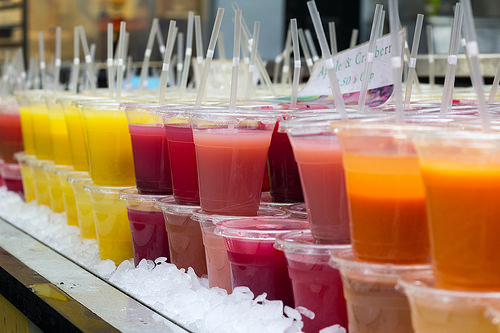

3. Granola
Granola has long been touted as the stereotypical health food of hippies, but more often than not, granola is more of a dessert than a health food. Store-bought granola is usually high in fat and calories, and loaded with sugar. Although foods like oats, nuts and dried fruits are healthy, you’re better off making your own granola at home so you can control how sweet you make it, and if you do buy granola, just be cautious of your portion size.
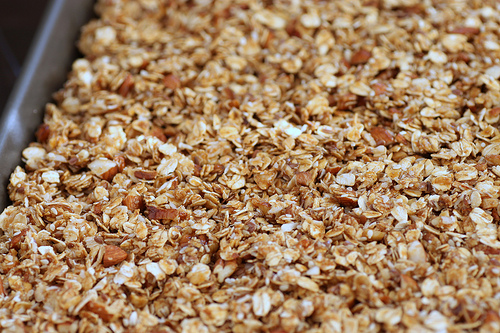

4. Ketchup
Most of us don’t think twice before dousing our burgers in ketchup, but this beloved condiment is definitely no healthy eater’s friend. Most ketchups contain high-fructose corn syrup, and even those that don’t — and label themselves “all-natural” — contain mostly sugar. Be wary not to drizzle too much of the stuff on your favorite dishes, and opt for brands that don’t contain as much sugar.
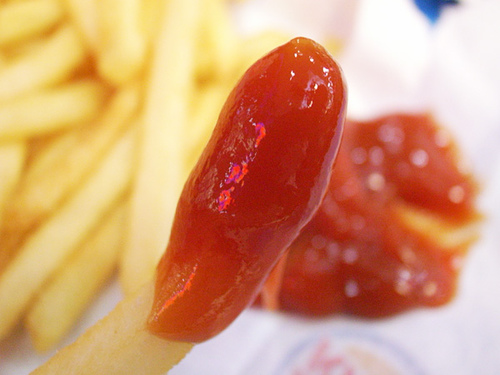

5. Low-Fat Products
For years, fat was considered the enemy, so a slew of low-fat and non-fat products were introduced. Although they seem tempting, low-fat products are often loaded with salt, sugar and other additives to make up for the taste. Research from the European Journal of Nutrition even found that full-fat foods are better for you than their low-fat counterparts, and people who eat full-fat foods are no more likely to develop cardiovascular disease and type 2 diabetes than people who stick to low-fat.
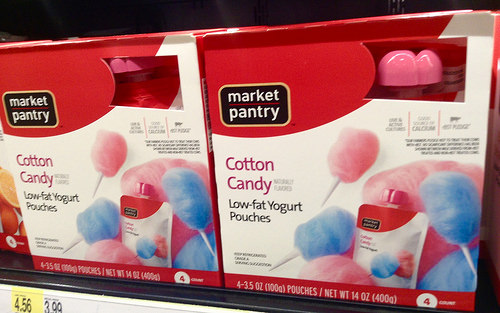

6. Salad Dressing
You can applaud yourself for choosing a salad when eating out at a restaurant, but you want to watch out for the dressing, which can quickly turn a healthy meal into a disastrous one. Many salad dressings are high in calories and fat, from ingredients such as heavy cream, processed oils or cheese. They also contain a high amount of sodium and sugar. You’re better off sticking to extra-virgin olive oil and vinegar, or get the dressing on the side.
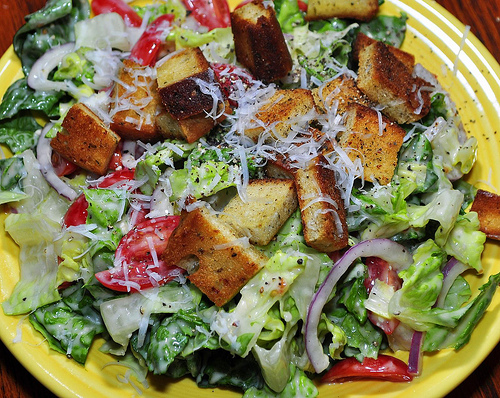

7. Peanut Butter
Not all peanut butter is created equal. Many store-bought varieties not only contain high fructose corn syrup, but hydrogenated oils and added sugar and salt. These ingredients can mess with your metabolism, and make your peanut butter more of a junk food than a health food. Opt for varieties with as little ingredients as possible, as you want your peanut butter to be composed primarily of peanuts.
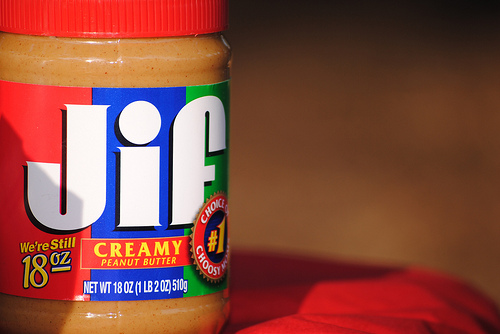

Photo by Stacy Spensley


